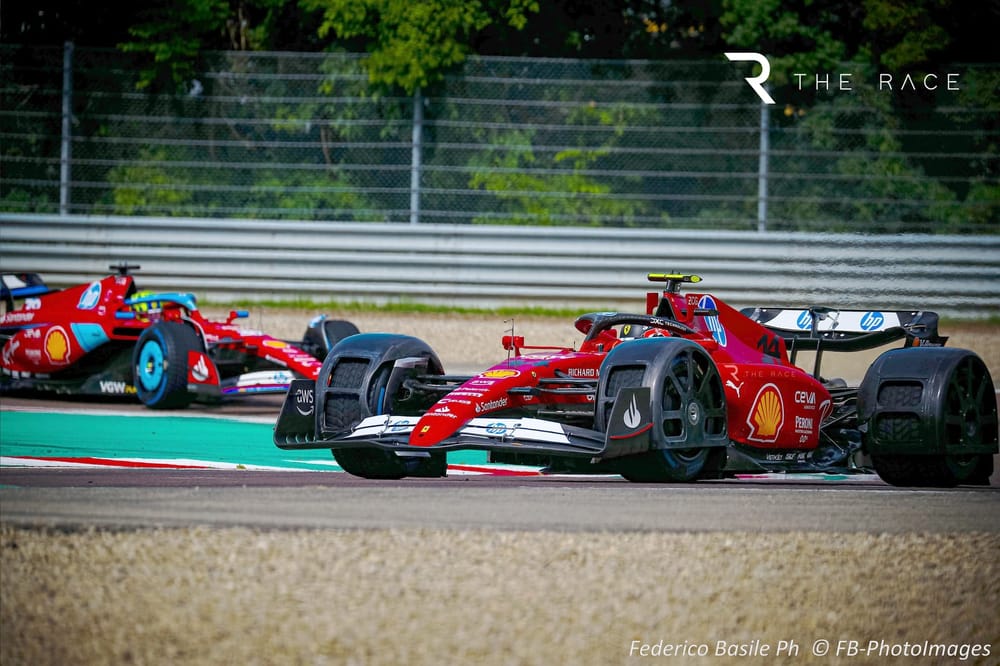Up Next

The FIA’s second attempt at wheel covers for its Formula 1 ‘wet weather package’ research is a much better place to start than the version we saw last year.

That’s because covering the complete wheel and tyre is the best you can do - and from that identify whether it’s the wheels or the underfloor that generates the majority of the spray.
The front tyres generate a lot of the spray that the driver in the car has to deal with. The fact that the area inside of the wheels and the cockpit opening itself runs at a low pressure means that, to some extent, the spray is pulled inwards.
With this version of the front tyre shrouds, where various sections can be open and closed, the FIA can see what contributes most to that problem.

When we look at the complete car with all four wheel shrouds closed, it looks pretty bad. To add to that, if you need a tyre change or get a puncture then it’s race over. Any race that requires these to be fitted before the start because of a sudden downpour - and with potentially a drying track - would definitely require a mandatory pitstop to allow the teams to rectify the situation.
The FIA wants tyre changes in live pitstops to be possible in races where the wet weather package is used, but it’s difficult to see how that would be possible with this enclosed design.
That means that the only way to do it would be to stop the session or race to allow teams to make the change. Unless, of course, the next version of the WWP makes the tyres more accessible.
For the following car - which is what suffers the biggest problems in the wet - it’s a combination of everything that generates the spray. The rear tyres, the rear wing assembly and diffuser combine to generate a massive rooster tail from the car ahead.
The spray in the central section is pulled upwards by the wing assembly. The spray from the rear tyres gets pulled into that void, so it ends up with a heavy spray pattern that isn’t much wider than the car itself. Yes, there is spray outboard of that, but it’s not so intense.

I suppose it’s the old saying ‘the show must go on’. So if it is necessary to come up with something that turns F1 into more or less a closed-wheel formula to ease the spray problem in the wet then it might be more beneficial to set about creating a set of regulations that allows something more aesthetically pleasing and run with them all the time rather than as a bolt-on package as the FIA intends.

Time will tell if spray guards are going to become necessary and we can all come up with suggestions - as I did for The Race last year after the initial trial. But like the halo, which has already proved its worth on more than one occasion, we ‘purists’ would all get used to it very quickly.
And if it allows on-track action to happen in wet conditions when otherwise the cars would be sat in the pits, then the positives outweigh the negatives.



